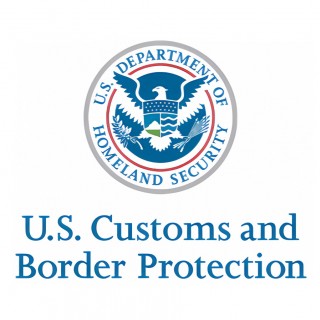Navigating the numerous forms associated with U.S. Customs and Border Protection (CBP) can be a daunting task for those attempting to comply with regulations and requirements. With a multitude of forms associated with importing/exporting goods, traveling, and maintaining compliance with customs laws, it is essential to understand the purpose and function of each form. This guide offers a comprehensive list of CBP forms, aiming to provide clarity and ease for users by shedding light on their specific purposes and applications within the U.S. Customs and Border Protection framework.
List of CBP Forms:
- CBP Form 301: Bond form used as a guarantee for the payment of customs duties, taxes, and charges.
- CBP Form 3078: Application for identification card for specific access to CBP security areas.
- CBP Form 3171: Application for foreign-trade zone admission and/or status designation of merchandise.
- CBP Form 3299: Declaration for free entry of unaccompanied articles required for international travelers to claim their duty-free personal effects.
- CBP Form 3311: Declaration for the free entry of returned American goods by U.S. residents after being abroad.
- CBP Form 3347: Declaration for importation of motor vehicles for personal use.
- CBP Form 3461: Entry/Immediate Delivery documentation required for the release of imported goods.
- CBP Form 3499: Application and Approval to Manipulate, Examine, Sample, or Transfer goods within a customs-approved location.
- CBP Form 400: ACH Application
- CBP Form 434: North American Free Trade Agreement (NAFTA) Certificate of Origin, used for preferential duty treatment of goods from Canada and Mexico.
- CBP Form 4455: Certificate of registration for personal or household effects taken abroad and later returned to the United States.
- CBP Form 4457: Certificate of Registration for Personal Effects Taken Abroad
- CBP Form 4647: Notice of redelivery of merchandise or transfer to another bonded warehouse.
- CBP Form 5106: Importer ID input record, used by importers or brokers to provide or update their information in CBP's system.
- CBP Form 5291: Application for Customs Broker License or Permit, used to apply for a broker license or permit from the CBP.
- CBP Form 5297. Corporate Surety Power of Attorney
- CBP Form 6043: Delivery Ticket deferral notice, used for deferred duty merchandise.
- CBP Form 6059B: Customs Declaration Form, for travelers entering/returning to the United States to declare their items.
- CBP Form 7501: Entry Summary form, for documenting imported merchandise, duties owed, and other required information
- CBP Form 7509. Air Cargo Manifest
- CBP Form 7512. Transportation Entry and Manifest of Goods Subject to CBP Inspection and Permit
- CBP Form 7523: Entry and Manifest of Merchandise Free of Duty, for duty-free merchandise.
- CBP Form 7533: Inward Cargo Manifest, for record of cargo entering the United States.
- CBP Form 7553: Notice of Intent to Export, for voluntary export notifications.
- CBP Form 1300: Vessel Entrance or Clearance Statement, for vessel entry and clearance information.
- CBP Form 1303: Shipper's Export Declaration and reconsignment, for recording export shipments.
- CBP Form 1304: Outer Continental Shelf Lands, reporting maritime activity on the Outer Continental Shelf.
- CBP Form 7507: General Declaration (Outward/Inward) form, for aircraft operators entering or leaving the United States.
- CBP Form 8087: Notice of Intent to Export, Destroy or Return Merchandise, for documentation of export, destruction or merchandise returns.
- CBP Form I-94: Arrival/Departure Record, for documenting foreign visitors' arrivals and departures from the United States.
Understanding the purpose and application of each U.S. Customs and Border Protection form is critical to ensuring accurate and timely compliance with customs regulations. By providing an organized and comprehensive list of CBP forms, this guide aims to assist users in identifying the proper documentation needed for their specific circumstances. Whether you are an importer/exporter, traveler, or simply seeking to maintain compliance with customs laws, familiarizing yourself with these forms will help streamline your interactions with U.S. Customs and Border Protection and contribute to a smoother overall experience.

